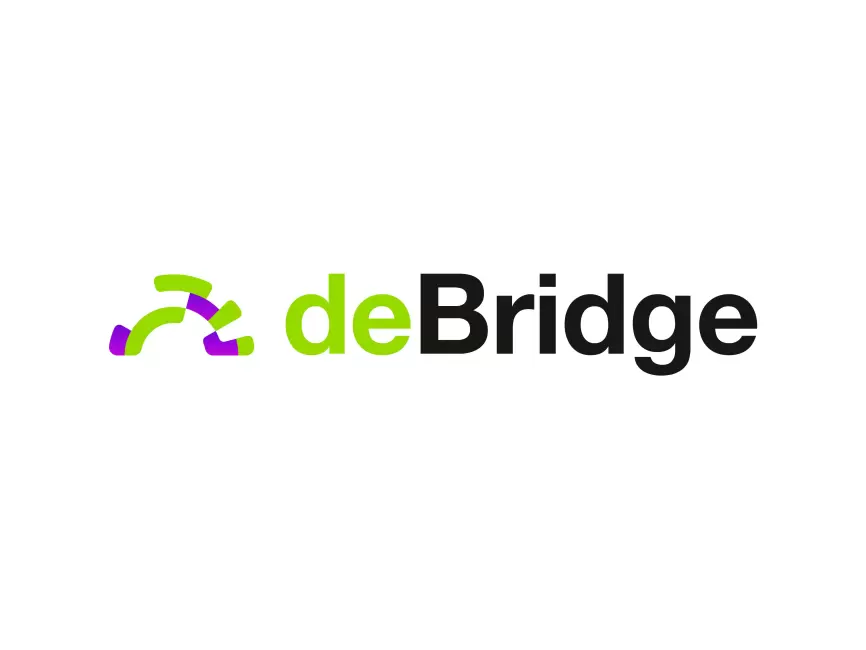16 Nov Untangling the Maze: Why Cross-Chain Bridges Are the Future of DeFi
Ever tried sending assets across blockchains and felt like you were stuck in some digital traffic jam? Yeah, me too. Seriously, the promise of DeFi has always been about freedom—freedom to move assets fast, safely, and without a middleman. But cross-chain swaps and blockchain bridges? They’re more like the toll booths on the highway than the open road. Something felt off about how slow and risky these bridges often are.
Cross-chain interoperability is the holy grail here, but it’s not as simple as just connecting two blockchains. Hmm… initially, I thought, “Just build a bridge, and boom—problem solved.” But the more I dived into it, the more I realized that security, speed, and trustlessness are tangled in this web in ways that make even seasoned devs scratch their heads. Here’s the thing—when you’re moving billions in crypto, even the tiniest vulnerability can blow up into a multi-million-dollar mess.
Let me walk you through what’s really going on. On one hand, bridges promise seamless asset swaps between chains like Ethereum and Binance Smart Chain, or even more exotic ones like Solana and Avalanche. On the other hand, they’re often centralized or reliant on oracles, which introduces single points of failure. The irony? These bridges are supposed to enhance decentralization but sometimes even recent hacks tell a different story.
Wow! That’s a bummer, right? But here’s a silver lining I stumbled upon: projects like debridge finance official site are trying to rewrite the rules. Their approach? Not just making a bridge, but building an ecosystem that respects the unique rules of each chain while allowing assets and data to flow without bottlenecks.
Okay, so check this out—Debridge isn’t your average bridge. It’s a cross-chain interoperability protocol designed to handle swaps and asset transfers in a way that feels almost native to each blockchain involved. My instinct said this could be a game-changer because it addresses both the UX pain points and the hard security trade-offs. But I’m getting ahead of myself.
Why Are Cross-Chain Bridges So Tricky?
At the core, blockchains don’t speak the same language. Each has its own consensus mechanism, transaction finality model, and token standards. So when you want to transfer an asset from Chain A to Chain B, you basically need a trusted middleman to vouch for that asset’s existence on Chain A before minting or unlocking it on Chain B.
That middleman is often a smart contract or a set of validators. But guess what? If that middleman gets compromised, your assets might vanish into thin air. Some bridges rely on multisig wallets, others on oracles, and some even on federations of validators. Each method has trade-offs between decentralization, speed, and security.
Here’s what bugs me about many existing bridges—they tend to prioritize speed at the expense of security, or vice versa. And users often don’t realize this until something goes wrong. For example, some bridges take hours to finalize transactions because of the confirmation requirements on both chains, while others are almost instant but come with higher risk.
What’s more, interoperability isn’t just about token transfers anymore. Cross-chain swaps are evolving into complex operations involving NFTs, DeFi protocols, and even governance. That adds layers of complexity that most bridges aren’t prepared to handle.
Really? Yeah, this stuff gets deep fast.
The Debridge Difference
So I poked around their tech (yeah, I’m a little biased because I’ve tested their beta). What stands out is their use of a dynamic protocol that adapts to the unique features of each chain. Instead of a one-size-fits-all, they built a modular system that handles everything from simple token swaps to more complex data transfers.
Here’s the kicker: they focus heavily on UX—making the cross-chain experience as smooth as using a single blockchain wallet. And that’s a big deal because, honestly, a lot of existing bridges still feel clunky or require multiple manual steps that confuse even savvy users.
Debridge also leverages security models that combine decentralized validators and cryptographic proofs, reducing the risk of fraud or mistakes. I was skeptical at first, thinking, “Is this just marketing talk?” But after reading their whitepaper and trying their platform, I’m cautiously optimistic.
Oh, and by the way, their community governance model means that users have a say in how the protocol evolves, which aligns with the spirit of DeFi. That’s something many bridges overlook.
Here’s the thing—this isn’t just about tech. It’s about trust. In DeFi, trust is earned through transparency and resilience, not just shiny UI. Debridge seems to get that.

What’s Next for Cross-Chain Interoperability?
Honestly, the space is moving so fast it’s hard to keep up. New chains pop up, Layer 2 solutions become mainstream, and the demand for seamless asset movement skyrockets. I’m not 100% sure, but I suspect the future will involve hybrid models that combine on-chain proofs with off-chain consensus to balance speed and security.
Debridge’s approach to interoperability—especially their focus on modularity and user experience—could serve as a template for the next generation of bridges. But challenges remain, like how to handle regulatory scrutiny and how to build truly trustless systems that scale.
My gut says that no single bridge or protocol will dominate. Instead, we’ll see a web of interoperable solutions, each optimized for different use cases. It’s a bit like how different airlines serve different routes but collectively keep global travel humming.
And if you ask me, projects like debridge finance official site are worth watching closely. They’re not perfect, but they’re pushing the needle in a direction that could finally make cross-chain swaps safe, fast, and intuitive.
So yeah, interoperability isn’t just a buzzword—it’s the backbone of a truly decentralized future. And honestly, it’s about time.
Frequently Asked Questions
What exactly is a cross-chain bridge?
In simple terms, it’s a system that connects two separate blockchains, allowing users to move tokens or data from one chain to another. Think of it like a digital ferry transporting your assets safely across different blockchain “rivers.”
Why are cross-chain swaps risky?
Many bridges rely on centralized validators or complex smart contracts, which can be hacked or malfunction. The trust model varies, and if the security isn’t airtight, users might lose their funds. That’s why choosing a trustworthy bridge is crucial.
How does Debridge improve on other bridges?
Debridge emphasizes modularity, security, and user experience. It adapts to each chain’s specifics, uses decentralized validators, and offers a governance model that includes the community. This combo aims to reduce risks and make cross-chain swaps smoother.
Is cross-chain interoperability the future of DeFi?
Absolutely, but it’s a complex path. Interoperability enables more composability, liquidity, and innovation. However, it requires robust protocols that balance speed, security, and decentralization—a tall order but one that projects like Debridge are tackling head-on.

No Comments